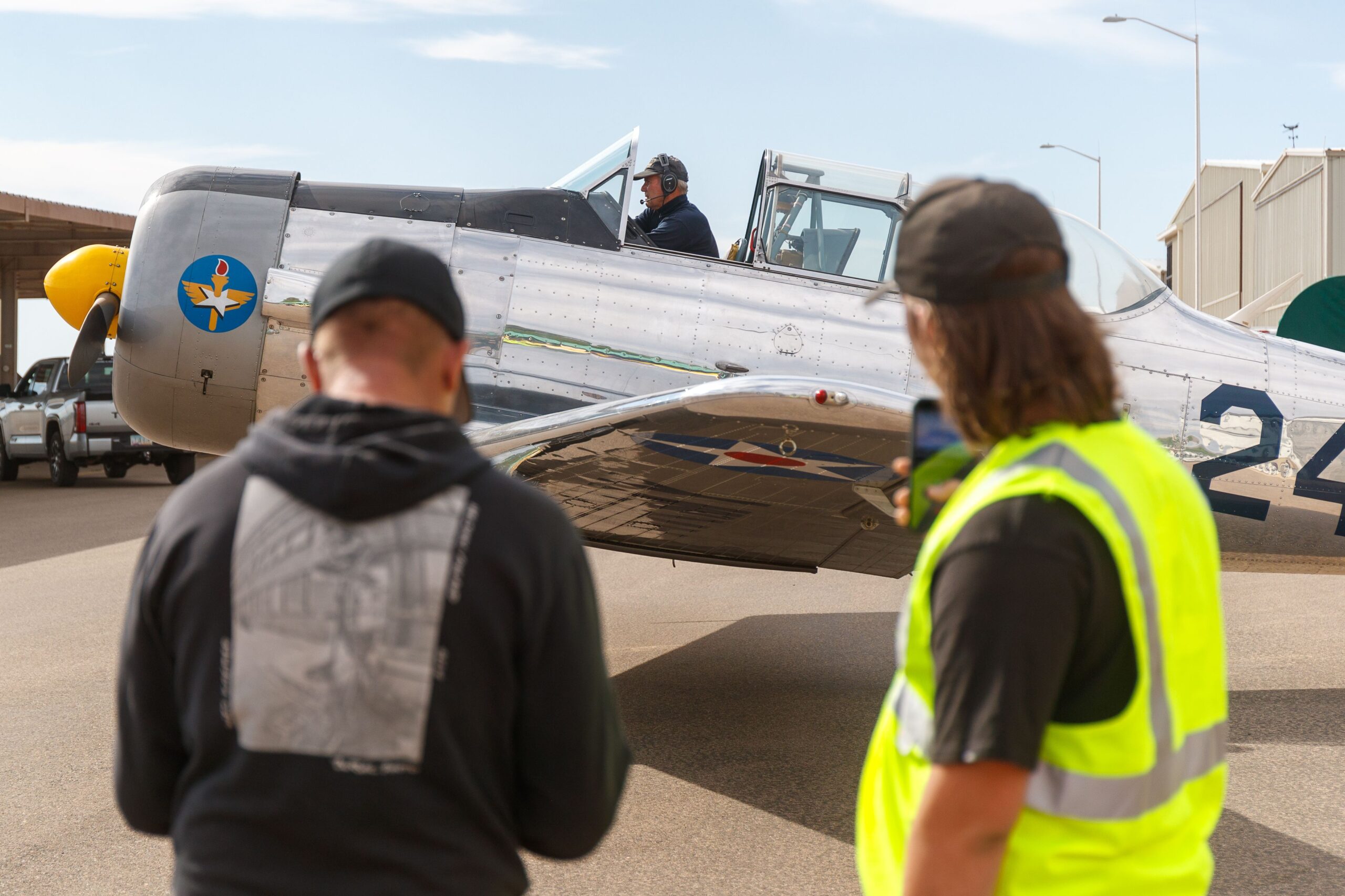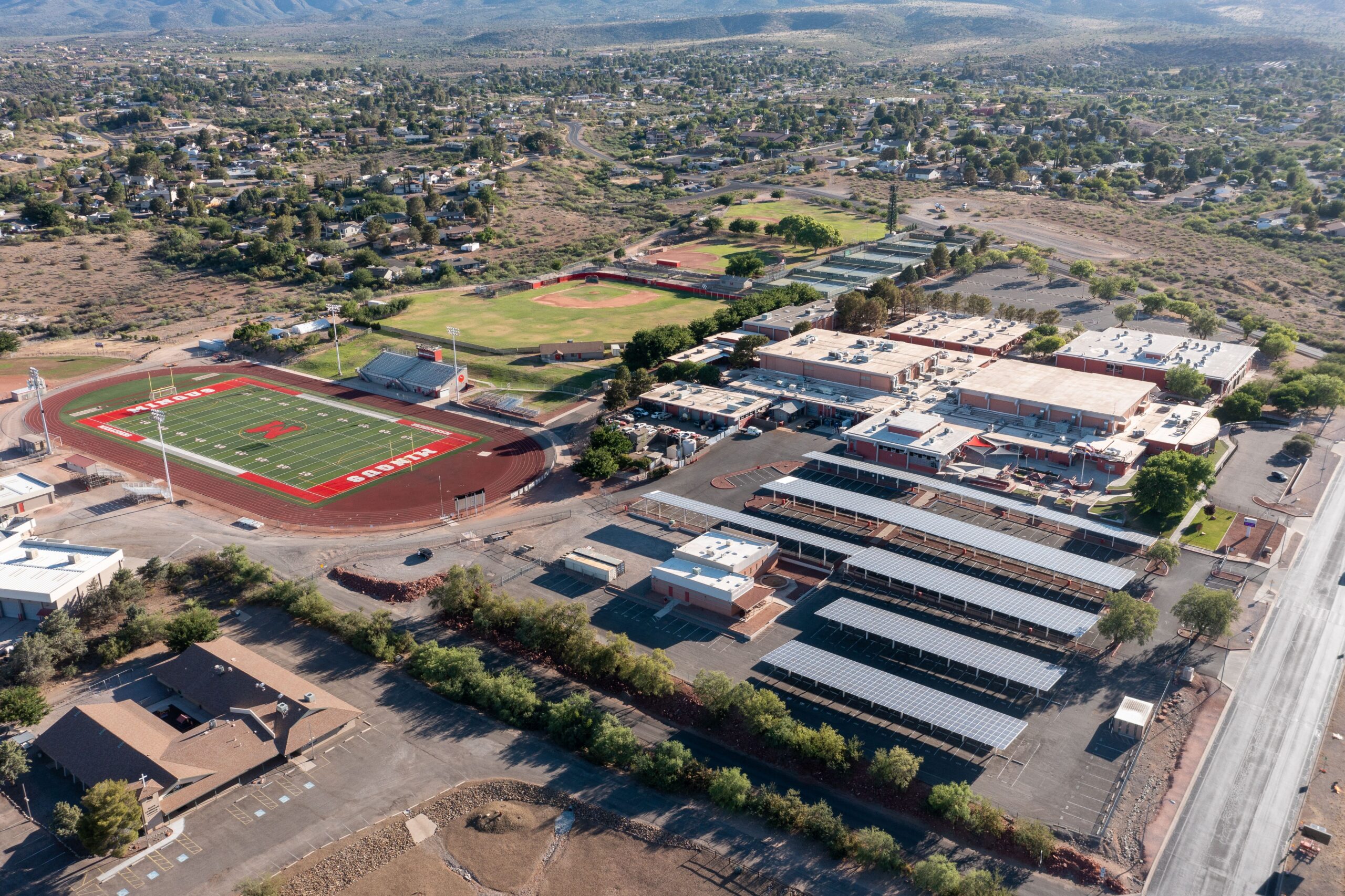Every four years, Cottonwood is eligible for a Community Development Block Grant from the Arizona Department of Housing, as part of funding allocated by the United States Department of Housing and Urban Development to rural counties in Arizona. In 2015, the city applied for funds to renovate the Cottonwood Community Clubhouse in Old Town. In 2011, they were used for improvements on N. 10th St. between Mingus Avenue and Main Street.
At the coming meeting on Tuesday, Jan. 15, the Cottonwood City Council is set to decide on what project to apply for, with an anticipated allocation of $330,143. Once the council votes on the allocation, it must send in a letter of intent by Thursday, Jan. 31, and the application will have to be submitted to the Northern Arizona Council of Governments by Friday, April 12. The funding should be available by the end of 2019.
According to the grant guide provided by the ADOH, all potential projects must meet one of three requirements: “Benefit at least 51 percent low- to moderate- income persons; aid in the prevention or elimination of slums or blight; [or] resolve an urgent need health hazard.”
Since Cottonwood as a city meets the first requirement with 51 percent of residents federally classified as low to moderate income, the city has relatively wide latitude in its use of the funds. The projects must aim to fulfill one of three objectives: “Creating Suitable Living Environments, Providing Decent Affordable Housing [or] Creating Economic Opportunities.”
At a meeting on Dec. 4, members of the Cottonwood community put forward their ideas for how to use the money. Only those projects suggested at that first public hearing will be considered at the second hearing on Tuesday, Jan. 15.
Raena Avalon of the Verde Valley Homeless Coalition proposed using the funds to create a transitional housing program that would allow for 10 to 16 residences where homeless individuals would be able to pay $400/month for rent to live while they move out of homelessness, half of which they would get back when they transition to permanent housing.
“Sleeping outside is not good for someone like me,” said Vicky Rafferty, a homeless woman who has been helped by the VVHC, at the Dec. 4 hearing, speaking in favor of the transitional housing proposal. “I want to go back to work and I think what she’s doing is wonderful.
Denise Kelly requested funds to improve the Old Town Activity Park, which is across from her business.
“I don’t know if anyone has driven by our park lately at night, but it’s really dark. It’s unlighted, there’s no pathways. It’s unsafe at night and it’s right in our Old Town neighborhood,” Kelly said. She proposed new lights, better paths, and benches, in the hopes that the park could be used for more public events as well, which could also be used to raise funds for the town. “I look at the park as an undiscovered gem, as a gold mine.”
Tania Simms of Verde Valley Habitat for Humanity asked for money that could be used to improve its resale building on Main Street. She pointed to the building’s need for disability accessibility, heating and cooling and other improvements that would allow the nonprofit to function better.
“The building is in disrepair in many ways, and so my request is to support the renovations and improvements we need to make to that resource,” Simms said. “It’s one of our primary revenue sources for our organization. It supports our organization as well as gives us funds to help with new home construction. It’s in need of repairs to the cost that we cannot afford in the next few years to accomplish all of our repairs.”
Elaine Bremner called for help in maintaining the exterior of the Verde Valley Senior Center’s 100-year- old building, which still has some final improvements needed after local governments pitched in to fix it up a few years ago.
“The exterior walls need to be cleaned, and the mortar replaced and repaired, the brick sealed to prevent further deterioration,” Bremner said. She pointed as well to guttering, improvements for the kitchen exhaust, better signage and other elements that would allow seniors to live more easily and the center to last for the future. “We need easier accessibility for seniors and we need to consider that.”
“We’re almost there. We’re $300,000 off the mark. This would preserve a historic building that’s won three governor’s awards.”
Hezekiah Allen of Cottonwood Parks and Recreation listed some requests from the city’s staff for use of the funds to pay for local government projects. He highlighted a park design and irrigation project for Riverfront Park, which they have submitted for the last 18 years, reclaim lines for Mingus, Old Town and Riverfront Park, trail improvements through town, as well as potential drainage and road improvements throughout town.
At a council meeting on Dec. 18, several residents, mostly representing local charitable organizations such as the Verde Valley Sanctuary and the Old Town Mission, stood up informally during the public comment section at the beginning of the meeting to express support for the VVHC’s transitional housing project.
“It’s so important in Cottonwood that we have transitional housing and something a step further,” said Kelli Wilson, executive director for the Old Town Mission. “We can only do so much in providing food and clothing, but if they have nowhere to lay their heads at night or nowhere to reside they can’t continue and build their lives further from that.”
Jon Hecht can be reached at 634-8551, or email jhecht@larsonnewspapers.com



